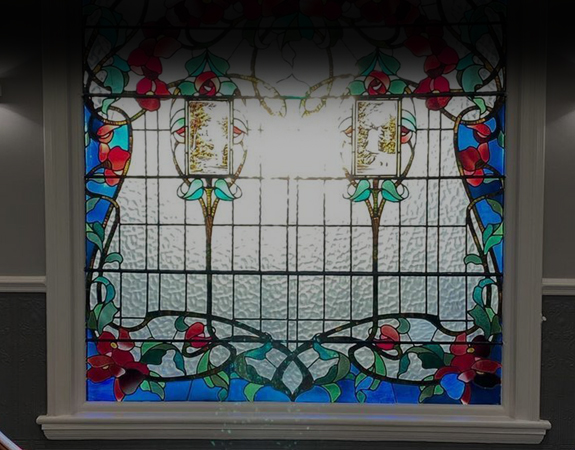Why is it Necessary to have Dental X-Rays?
Have you recently had a set of dental x-rays at Leeds City Dental care? If so you may have wondered why they are necessary and what exactly they show Dr David Brown or whoever your dentist is at our Leeds surgery. In fact dental x-rays are an extremely useful tool for diagnosing problems that cannot be seen by the naked eye, and the most common type of x-ray that you’re likely to have is called an intraoral x-ray. These are taken from inside your mouth and show your teeth in a lot of detail. They enable our dentist in Leeds to check your teeth for cavities, to see your tooth root in greater detail, and to assess the bone quality surrounding your tooth. Intraoral x-rays are also used to check how teeth are developing, and to generally monitor the health of your teeth and your jawbone.
Different Types of Intraoral X-Rays
 If you’re a regular patient then you’re probably already used to having bite wing x-rays which are typically taken every couple of years or so depending on your oral health. These show the upper and lower teeth in one particular area of your mouth in great detail. Our dentists can see the tooth right from its crown down to the supporting bone. This type of x-ray is particularly useful in showing any signs of decay in between the contact areas of the teeth, and will alert us to any changes in your bone density which may be caused by gum disease. They also show us how well any dental crowns or other restorations are fitting, and they let us look at the margins of feelings in greater detail so we can check they are not leaking.
If you’re a regular patient then you’re probably already used to having bite wing x-rays which are typically taken every couple of years or so depending on your oral health. These show the upper and lower teeth in one particular area of your mouth in great detail. Our dentists can see the tooth right from its crown down to the supporting bone. This type of x-ray is particularly useful in showing any signs of decay in between the contact areas of the teeth, and will alert us to any changes in your bone density which may be caused by gum disease. They also show us how well any dental crowns or other restorations are fitting, and they let us look at the margins of feelings in greater detail so we can check they are not leaking.
Periapical x-rays are slightly different and show an entire tooth in detail. This means we’ll be able to see the crown of the tooth right down to the roots of the tooth. This allows us to detect any abnormalities in the root of the tooth and in the surrounding bone.
Other types of dental x-rays
There lots of other types of dental x-rays that you may encounter at various times. Panoramic x-rays are quite common and show your entire mouth, including all the teeth in your upper and lower jaw. This x-ray is very useful for helping us to identify any impacted teeth, and they also show the position of emerging and fully emerged teeth. CT scans are commonly used to plan dental implant surgery. This provides our dentists with a three-dimensional image of your teeth and all the surrounding structures. Their purpose is to make sure your dental implant in Leeds is placed in an area that isn’t too near to delicate structures such as the nerves or sinus cavities.
Some people may be worried about the amount of radiation admitted by dental x-rays, but in fact it’s tiny. Modern dental x-ray equipment produces digital images that require far less radiation to produce, making them extremely safe. We are all exposed to background radiation, and these levels are far higher than anything you’ll experience from receiving dental x-rays. To put it into perspective, if you’re planning to take a flight later on this year, or have just got back from holiday, then you were probably exposed to more radiation on the flight than you will be from having a dental x-ray at Leeds City Dentalcare.




